



 Company: Laing O'Rourke
Company: Laing O'RourkeLocation: Manchester Airport, United Kingdom
Category: Large indoor projects - WINNER
|
OVERVIEW AND JUDGES' COMMENTS: "The Manchester Airport project delivers a dynamic lighting control system integrated with an existing building management system to maximize energy savings across a 24-hour operational building. DALI offers the ability to standardize control aspects, across all airport areas, with nearly 20,000 DALI drivers, over 3,000 sensors and more than 500 application controllers on one converged network. Specifically, DALI is used for features including live updates of set points to increase light levels if a flight is due at a gate for arrival or departure, and reduce them when no flight is present. Notably DALI provides a better user experience at the airport through changing themes and colours according to specific events, providing dimming and colour control to achieve desired lighting schemes, for example when a football team is landing, or to mark key dates in the calendar such as a green theme on St. Patrick’s Day. The judges couldn’t help but be impressed by the sheer scale of the large system and the colour-control aspects along with other features that boost the overall user experience. As someone who travels very regularly through Manchester Airport, at least until last year, I love the idea of creating a more user-focused, interesting lighting experience. I’m sure we’d all agree that airports can be a particularly stressful place, even at the best of times, so the dimming and colour-control in play here really go a long way to creating a more pleasant environment for travellers, which should certainly be commended." |
What did the project set out to achieve?
A dynamic, energy efficient, fully integrated lighting control system that was to integrate with an existing building management system (BMS) and also utilise new methods of control through APIs.
The specification for the project required open protocol technologies in order to future-proof the building. The project wanted to deliver as many energy saving techniques as possible on a 24-hour building.
DALI offers the ability to standardise this approach across all the airport areas, which have been separately programmed.
 How is DALI used within the project?
How is DALI used within the project?
The lighting control system is monitored and controlled via the BMS at the head end. Features include:
- Live update of setpoints dependent on the airport's flight data system - light setpoints are increased if a flight is due at a gate for arrival and departure and reduced when no flight is present.
- Colour control feature lighting - for example, if a football team is landing, or to mark key dates in the calendar, including a green theme on St Patrick's Day
- Colour control is also linked to a two-storey media wall through an API interface, so the lighting can respond to what the media wall is showing
- Networked via a BACnet IP converged network with a BMS and interface via BACNet and APIs
- Emergency lighting via a static inverter with DALI and BACnet interfaces
- There are 19,546 DALI drivers, more than 3,000 sensors and 532 application controllers on one converged network, which provides users with the ability to interface all system components on one dashboard.
Why was DALI chosen?
The DALI features and functionality that were essential to the project include:
- The flexibility that it offers users in relation to control, monitoring and energy efficiency in an ever-changing building environment
- Digital lighting control
- Sensors for presence and lux, along with switches for absence detection and overrides
- Luminaire diagnostics data using operations hours
- Standardised commands for different light manufacturers and control strategies
What benefits does DALI provide?
DALI provides an enhanced user experience at the airport, notably through changing themes and colours according to specific events; providing dimming and colour control to achieve desired lighting schemes.
Other benefits include:
- Highly energy efficient with complete visibility of failures across site on a common BMS platform
- IEC standard
- Fewer component sets
- Ease of installation and flexibility through the construction phase
- Future-proofing of the building by utilising the latest sensors and application controllers available at time of purchase
- Ease of maintenance
|
► Laing O’Rourke ► Loytec Building Environment Controls ► B.E.G ► Manchester Airports Group (MAG) ►Hoare Lea |
| ► Project video |